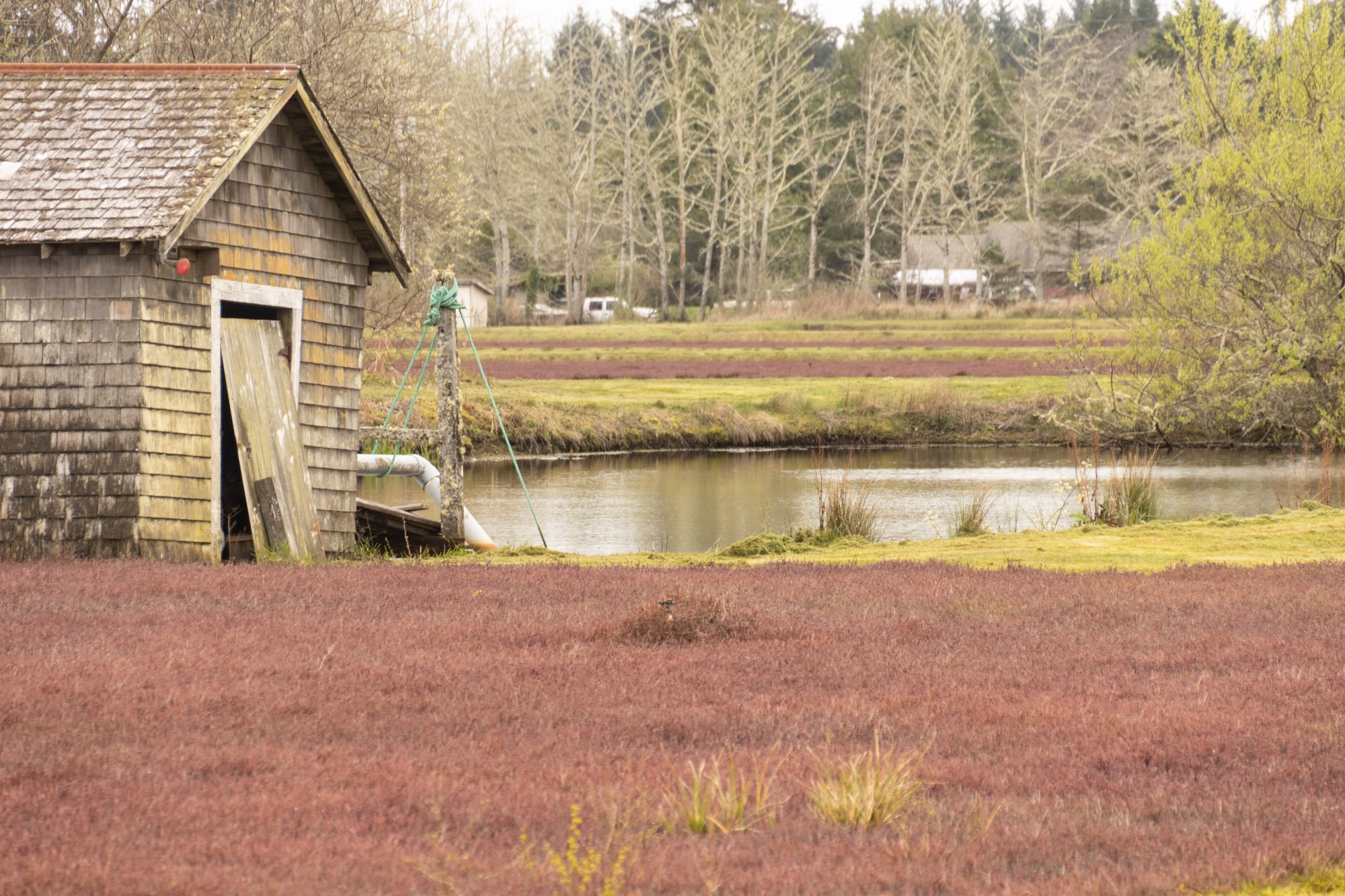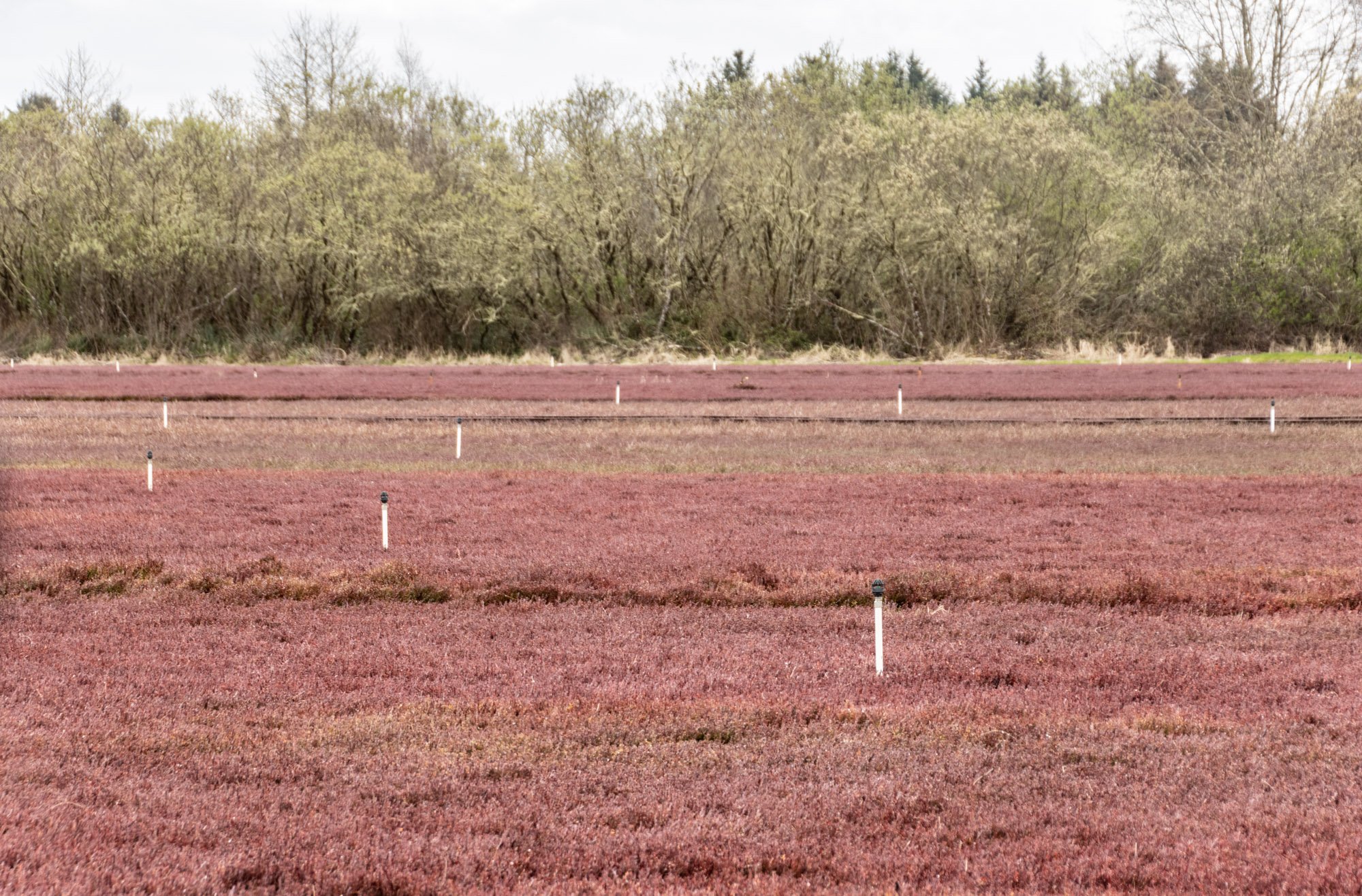Cranberries in Grayland
On a trip to Westport in April I came across a self-directed driving tour of the cranberry farming areas in Grayland, about 10 miles south of Westport. I had no idea that Washington State is the 5th highest producer of cranberries in the United States, with most of them grown in Pacific and Grays Harbor counties. And I had no idea how cranberries ended up in our state or anything else about them. I returned to Grayland the first weekend in October to capture the cranberry harvest and to learn more at the 29th annual Cranberry Harvest Festival.
Cranberries were grown in Washington State long before their discovery was documented. Anthony Clabot, a visitor from Massachusetts was exploring the southwest coast when he came across native cranberries growing in bogs and flooded fields, which reminded him of Cape Cod. Between 1872 and 1877 several men bought land, officially starting the cranberry industry there. It was a slow start because of the region’s isolation and the cost of shipping. But in 1920 a researcher, D.J. Crowley, at Cranberry Research Station, a center at the Washington State University (WSU), started making recommendations to solve issues that were getting in the way of the crop’s growth. The industry ultimately grew to what it is today with 1800 acres of cranberry bogs in southwest Washington.
A common, but untrue belief, in part due to Ocean Spray’s TV ads, is that cranberries grow in water. They grow on vines in bogs that contain a mixture of sand, peat, gravel and clay. Water is still important in growing cranberries for protecting vines that are sensitive to very harsh winter weather and to saturate the vines during the hot and dry springs and summers. Irrigation water comes from surface water such as lakes, streams and ponds. The systems are set up so each grower pays for the water that is used for each farm.
Lower bog for wet-harvesting; higher for dry-harvesting
There are two types of harvesting cranberries; wet-harvesting and dry-harvesting. In Washington about 30% of the berries are wet-harvested and 70% are dry-harvested. Wet-harvested berries are primarily used for juices and other processed products because of the the bruising and breakdown that can occur from extended time in the water. The dry-harvested berries are typically the ones that are available as whole cranberries that are sold in stores. Wet-harvested bogs sit much lower than the dry-harvested bogs to provide space for flooded water.
The night before the berries are wet-harvested the bogs are flooded with about 1-1½ feet of water. The next day growers use “water reels” (like the eggbeaters that my mother used) that churn the water, shaking the cranberries loose from the vines. Because the berries have air pockets, once they’re released from the vines, they float up to the top. The floating berries are brought together and then vacuumed out of the water. Although wet harvesting is still done, it is less popular for a variety of reasons including the amount of water that is required and that the vines are left in the bogs. Unfortunately I found no wet-harvesting to photograph during my visit.
Furford Picker/Pruner
In 1957 a local grower, Julius Furford, invented the Furford Picker/Pruner. It was a ground-breaking development because it not only picks the ripe berries, but it also prunes and picks up the vines, which help in growing better cranberries in the following year. Since the Furford Picker was invented, the majority of growers in and around Grayland now use “dry harvesting”. The Furford Picker changed dry picking forever and it is used throughout the U.S. and around the world.
Even with the Furford Picker, dry harvesting is still very much manual labor. Fishing season ends just around the time that the cranberries are ready to be harvested, so the (still mostly) men move from the ocean to the bogs. Although movement is assisted by an engine, the picker still has to be directed. The picker combs the berries off the vine with moving metal teeth, and then a conveyor belt carries the berries to a bag at the back of the machine. When the bags are full they are left to be picked up by another team. The bags are taken to a processing area where they are emptied into a sorter that separates the berries and any remaining vines and moves the cranberries into and up an “elevator” into a big container, then transported to Ocean Spray. The vines are later used for compost.


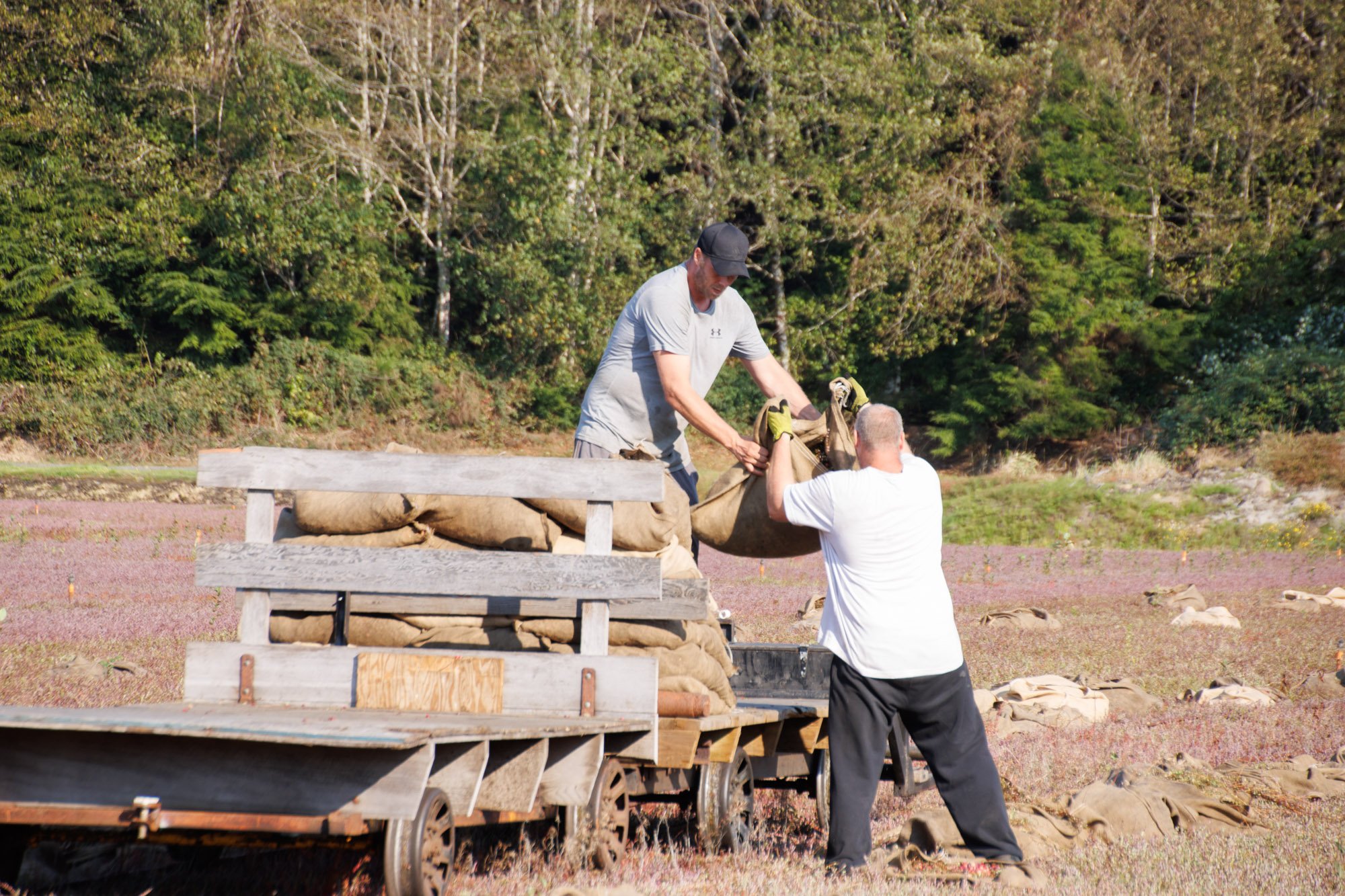
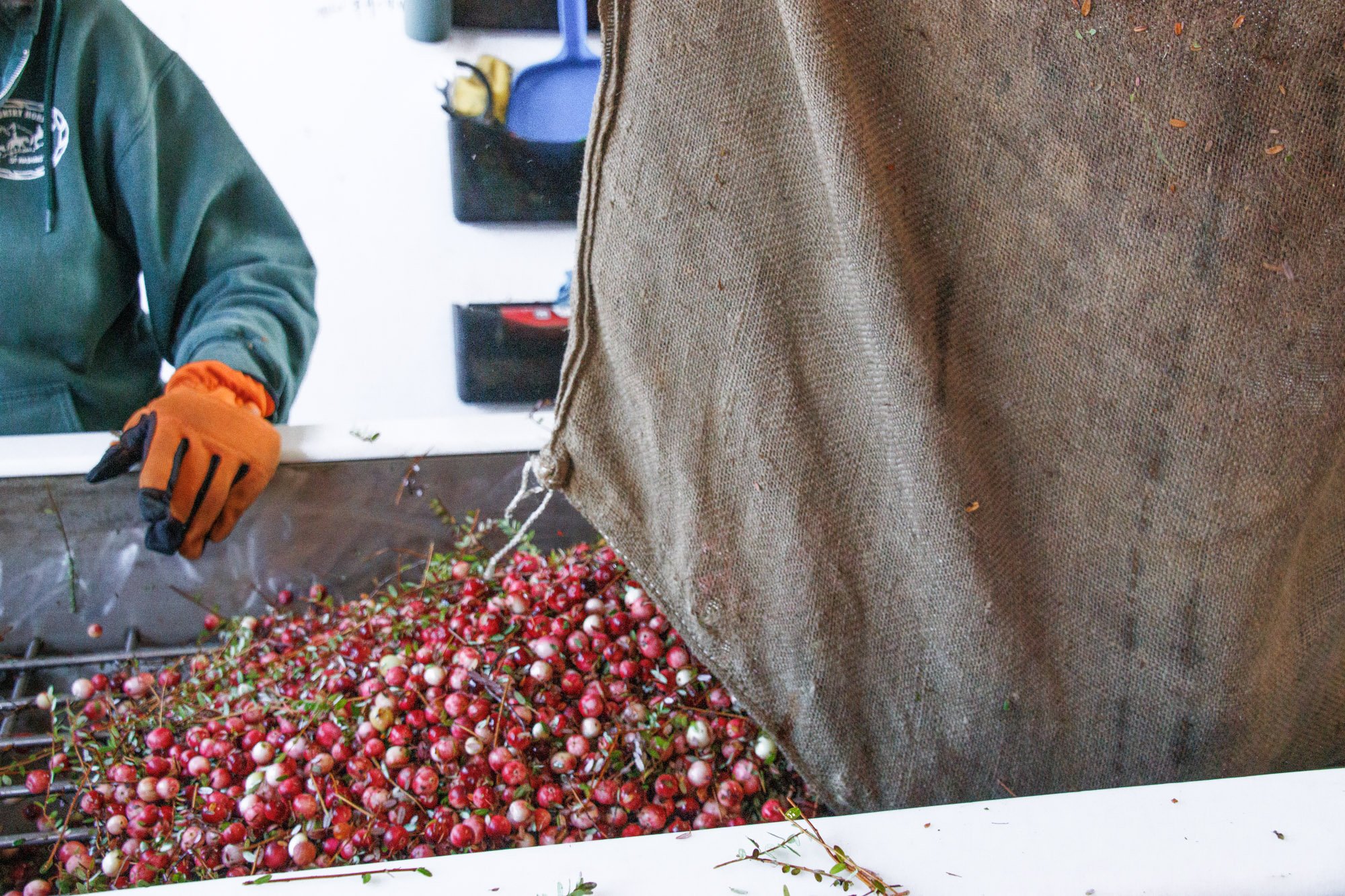
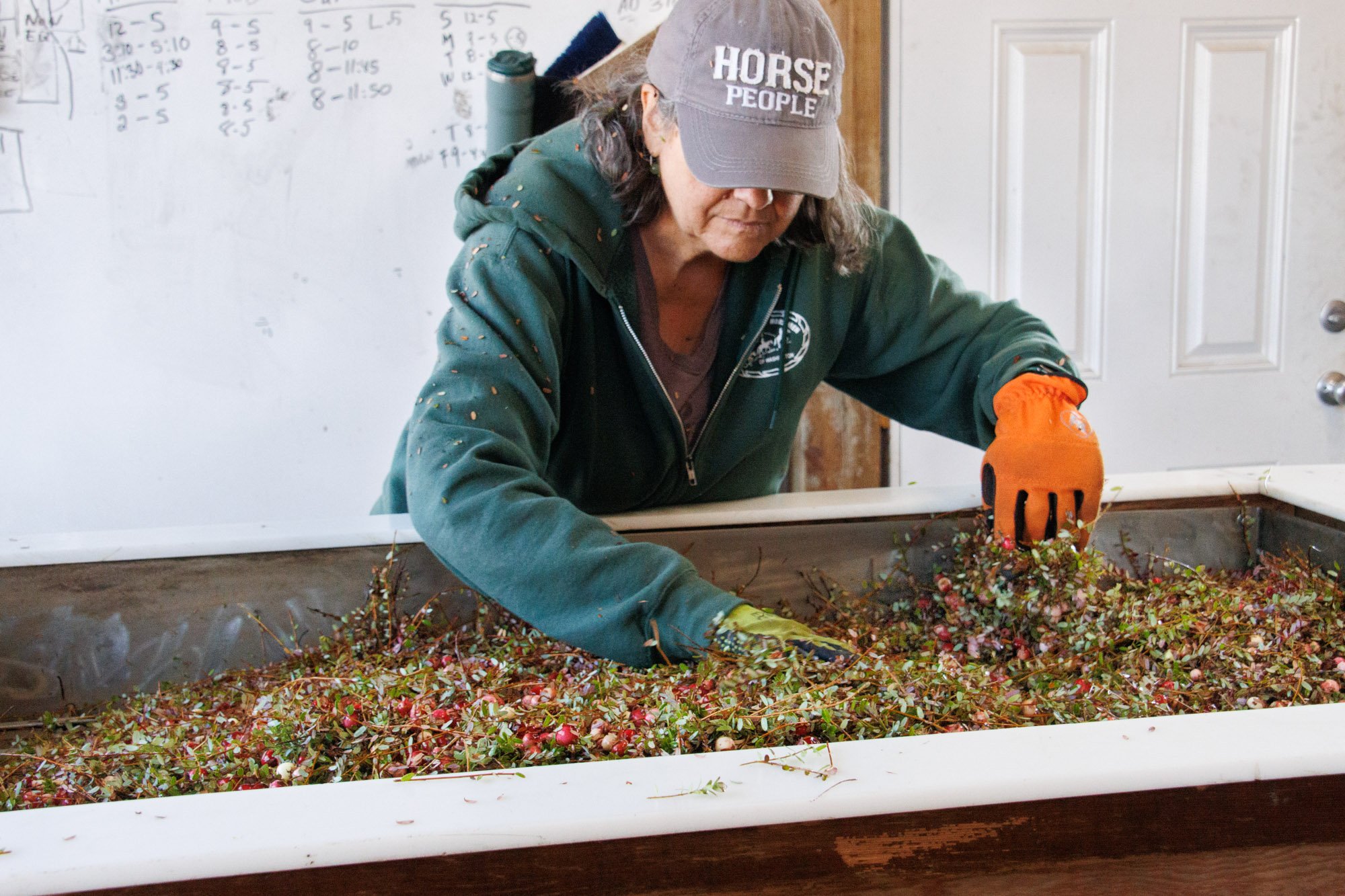
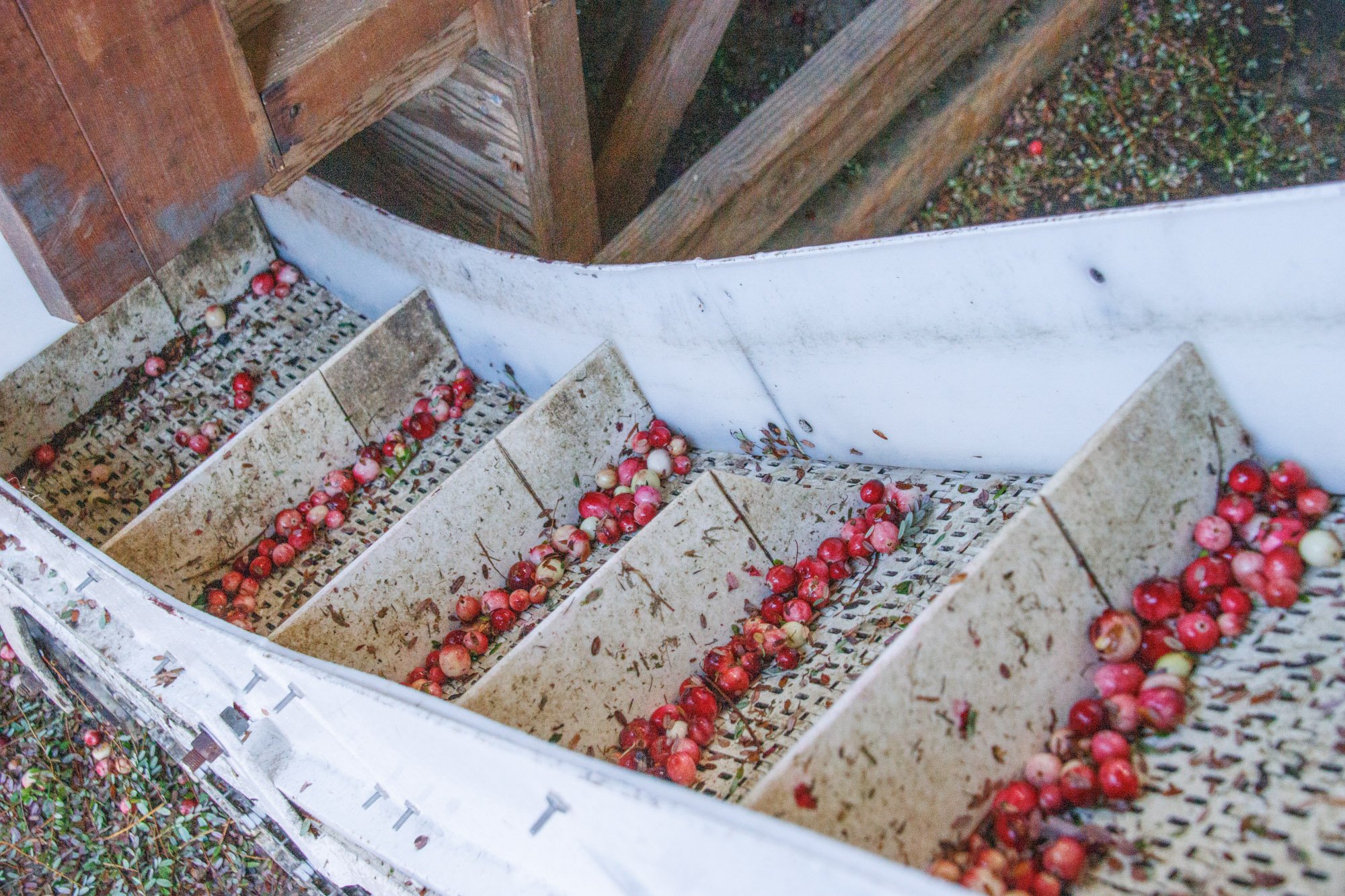

The Ocean Spray Company was founded as a cooperative in 1930 by a group of cranberry growers with the intention of expanding the use of the fruit by developing different products from the cranberries. The first products were Jellied Cranberry Sauce, followed by Cranberry Juice Cocktail. After the berries are harvested, they are sent to Ocean Spray to be packaged or developed into one of their many products. As members of the cooperative, the farmers receive 100% of the profits from Ocean Spray. Ninety-five percent of the growers in Washington State are part of of the Ocean Spray cooperative.
I have to admit I was never a huge cranberry fan. They always represented tartness to me, and I prefer sweet to tart. However, after many tastes at the Harvest Festival, from cranberry-cinnamon rolls to cranberry mustard on my cranberry hot dog, I decided that I’m going to try some new cranberry recipes. They sound and look pretty good, and besides, they’re full of nutrients and antioxidants.
Here is slice of cranberry trivia: Cranberries got their name because their flowers look like the crane bird.



